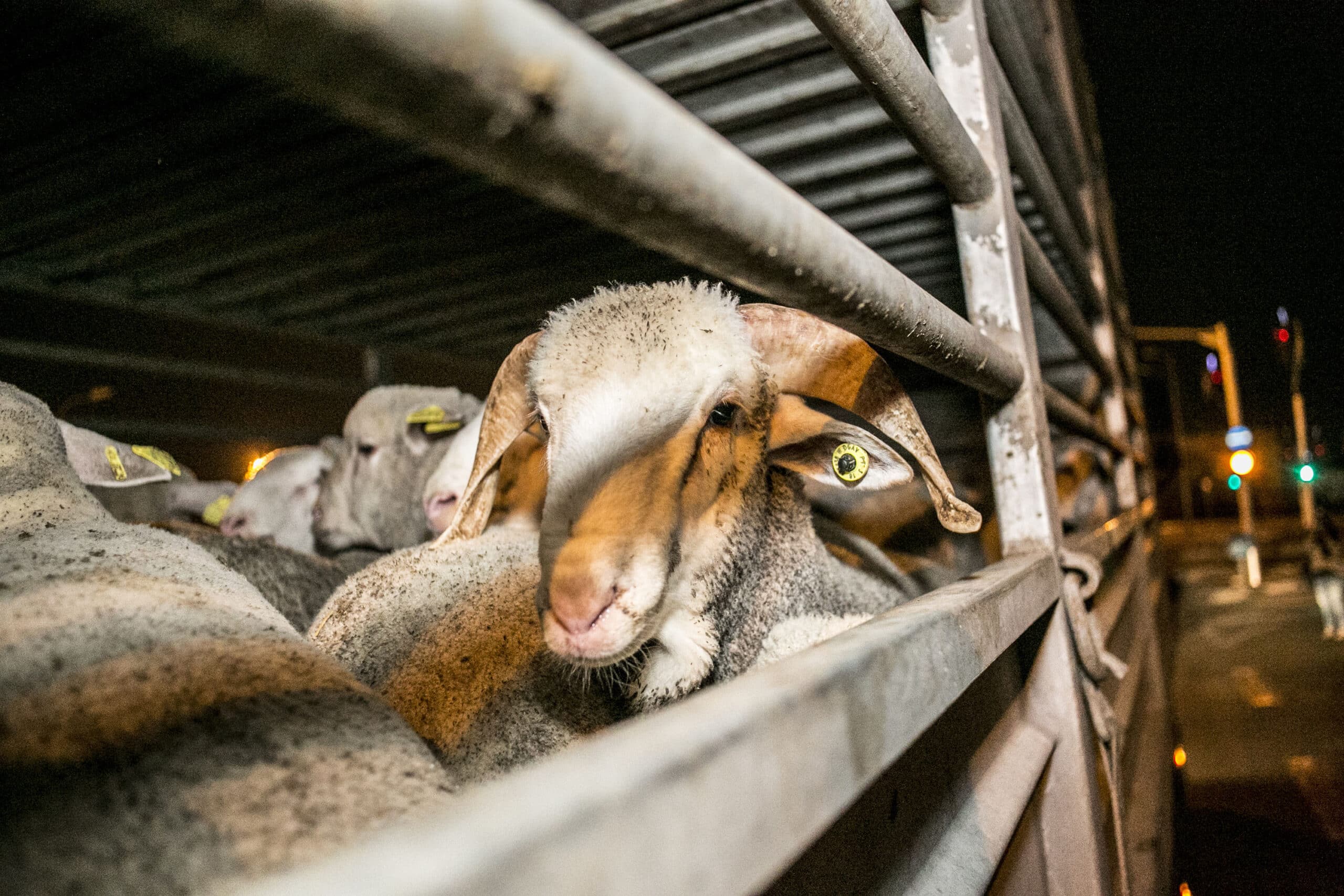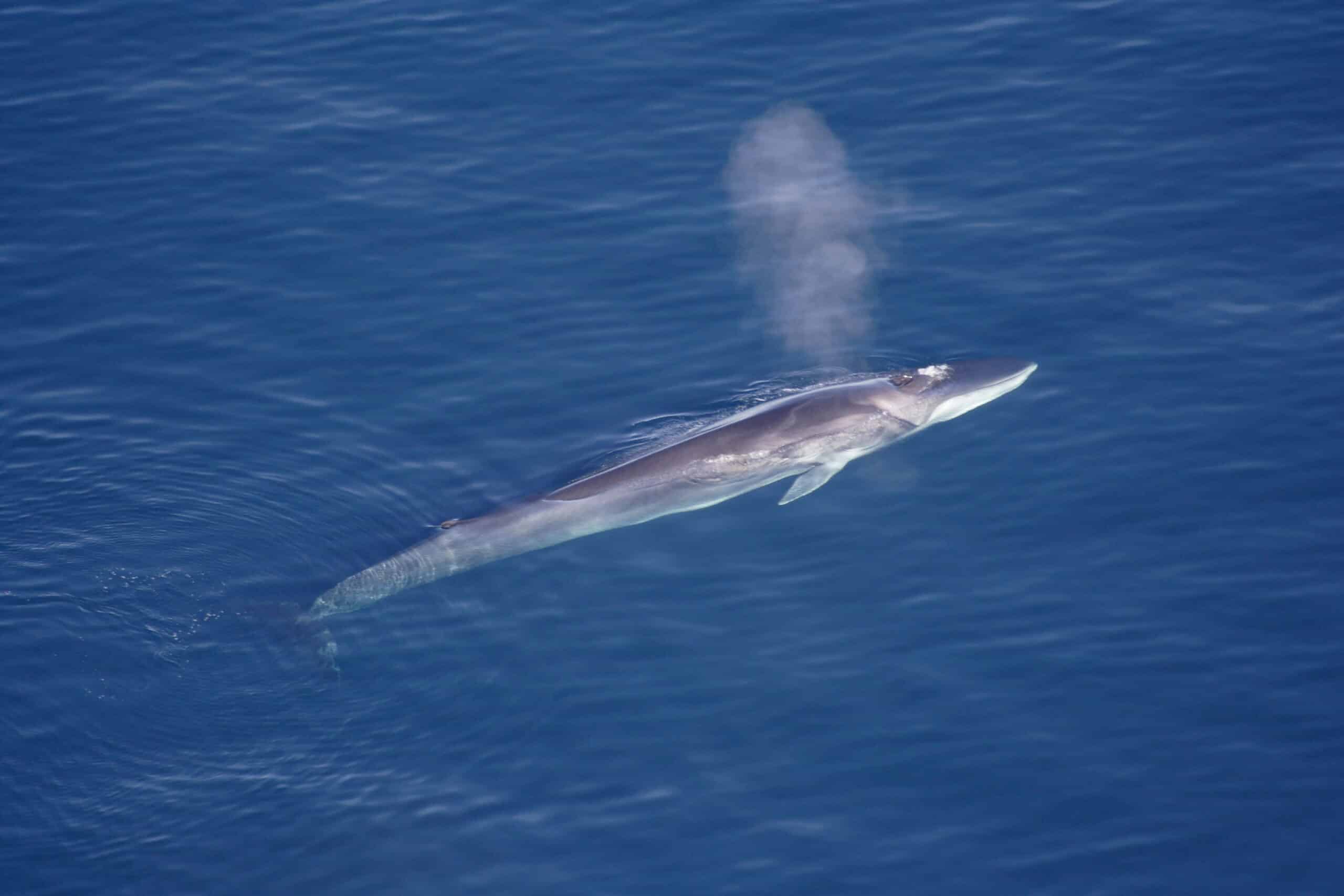The legislation to phase out live sheep exports by sea from Australia by 1 May 2028 has passed in the Australian Parliament with a majority vote in the Senate. This is historic progress for animal welfare in Australia and will help safeguard the welfare of millions of Australian sheep for...
A significant threat Australian wildlife is currently facing is habitat loss and degradation. Habitat fragmentation can be caused by human activities such as urban development, agriculture, deforestation and the building of new infrastructure. Disconnecting habitats can create barriers for wildlife, limiting their ability to move freely within their environment and preventing access to resources such as mates, food and shelter.
Restoring ecosystem connectivity by maintaining and creating wildlife corridors is a way that wildlife routes can be re-established allowing species to move more freely. In South Australia residents at Willunga Hill are doing just that. In this South Australian suburb, three Wildlife Land Trust member-owned sanctuaries are located along the same road. The collaboration between residents is helping to establish a vital wildlife corridor for native species such as kangaroos and birds. All members are bound together by their shared purpose to conserve their land for wildlife.

Elizabeth and Norm Crittenden of Kooroo sanctuary have lived in Willunga Hill for 27 years. They were introduced to the Wildlife Land Trust by their neighbour Leonz, and on joining the WLT said “We thought it a wonderful idea as the program embraced our ideals and way of life. Hopefully, people passing by see our collective signs, slow down and think about caring more for our natural world.” Leonz Sevier of 28 Birds sanctuary, a small wildlife-friendly produce farm, expressed that the proximity to an established state forest was also a motivator to join a conservation initiative. “We are definitely all committed to providing a wildlife corridor in this area. All properties are in some way connected to Kupito State Forest which has a large section of native scrubland.”

Wildlife species are varied and enjoy moving between the properties. “Besides a large mob of kangaroos we have the odd koala, echidnas, microbats a native rat and multiple bird species including endangered yellow-tailed cockatoos who are nesting on at least two properties,” shared Leonz. At Kooroo not only do kangaroos visit, but invertebrates and amphibians too. “It’s also the little creatures that can bring so much joy. We have a garden full of flowers for all the birds, bees and butterflies. There are also so many frogs that can be heard at all times of the day and night and are constantly discovered while gardening. We also have a healthy population of ladybirds that move into our house every Autumn and live with us until Spring when they move out again.” The third Wildlife Land Trust sanctuary Caledon, owned by Molly Wakely is also home to flying-foxes, blue-tongued lizards and snakes.

It is so promising to hear a positive story about landholders strengthening habitat by working together with others in their community. Well done to the residents of Willunga Hill for supporting nature!
Want to dedicate your land for conservation?
Find out more about Humane Society International Australia’s national private land conservation program The Wildlife Trust or sign up your property today to become a sanctuary to protect native wildlife and their habitats.


